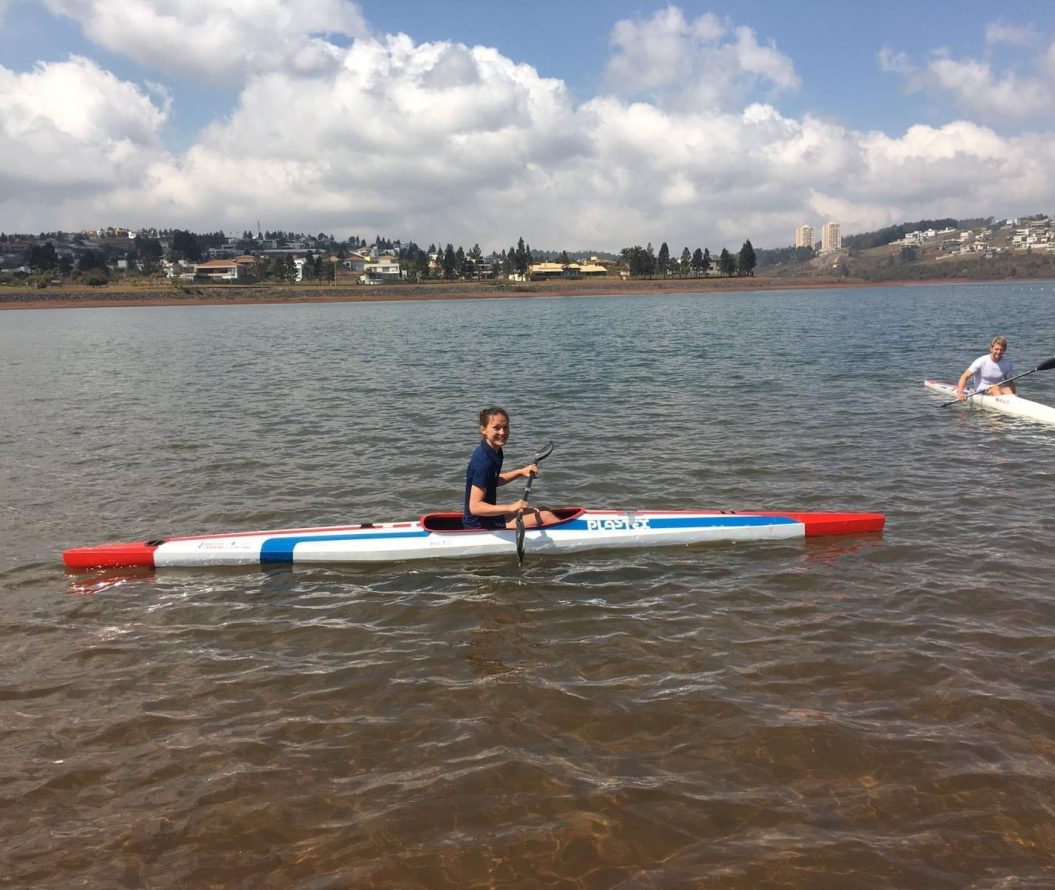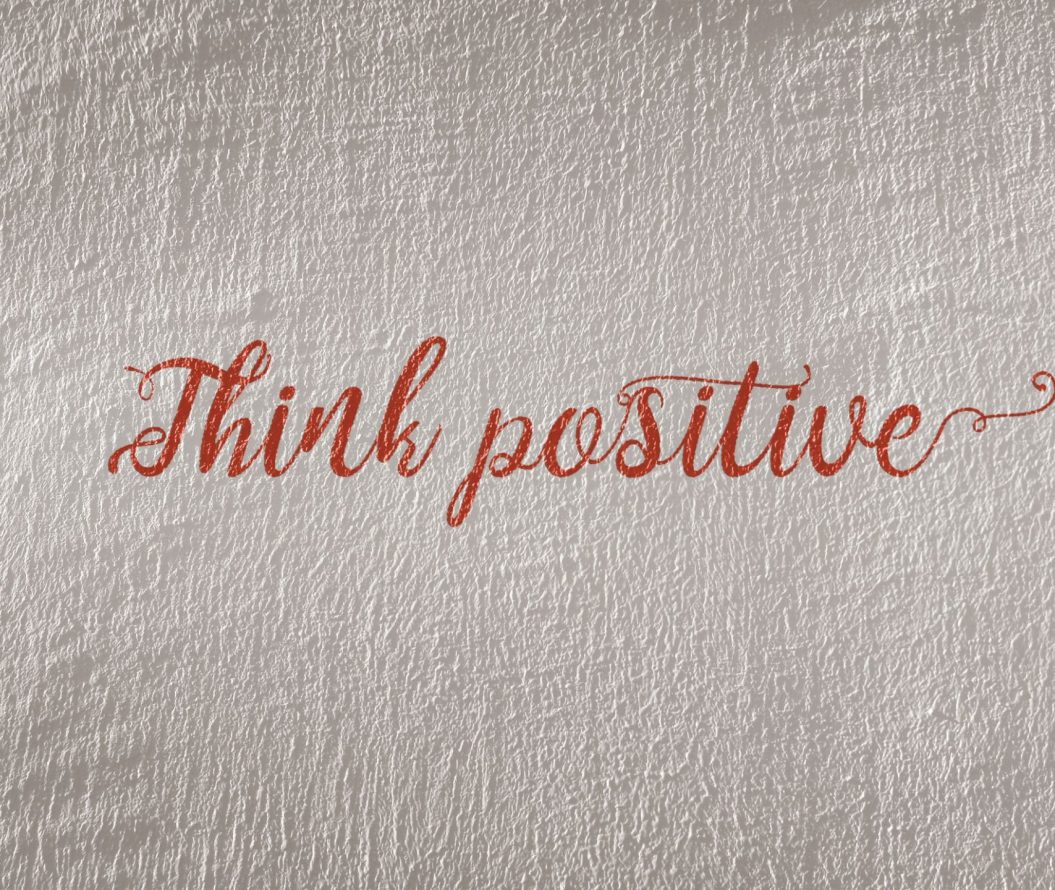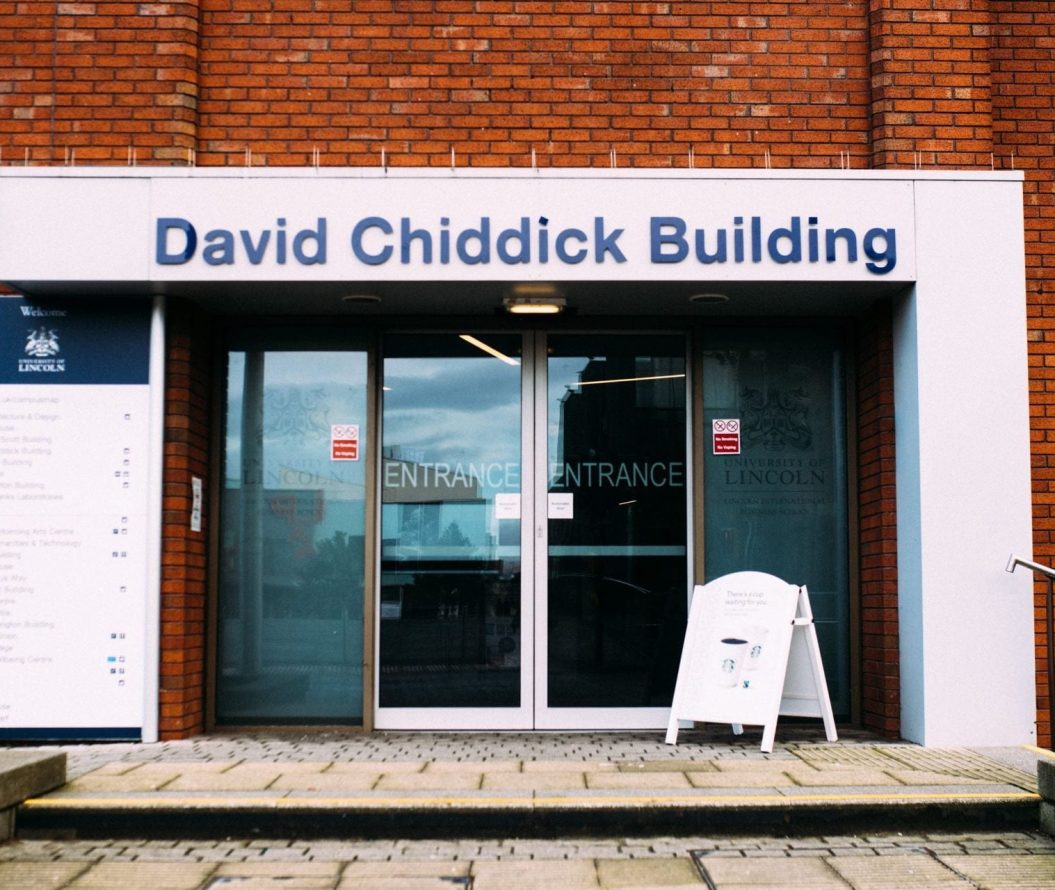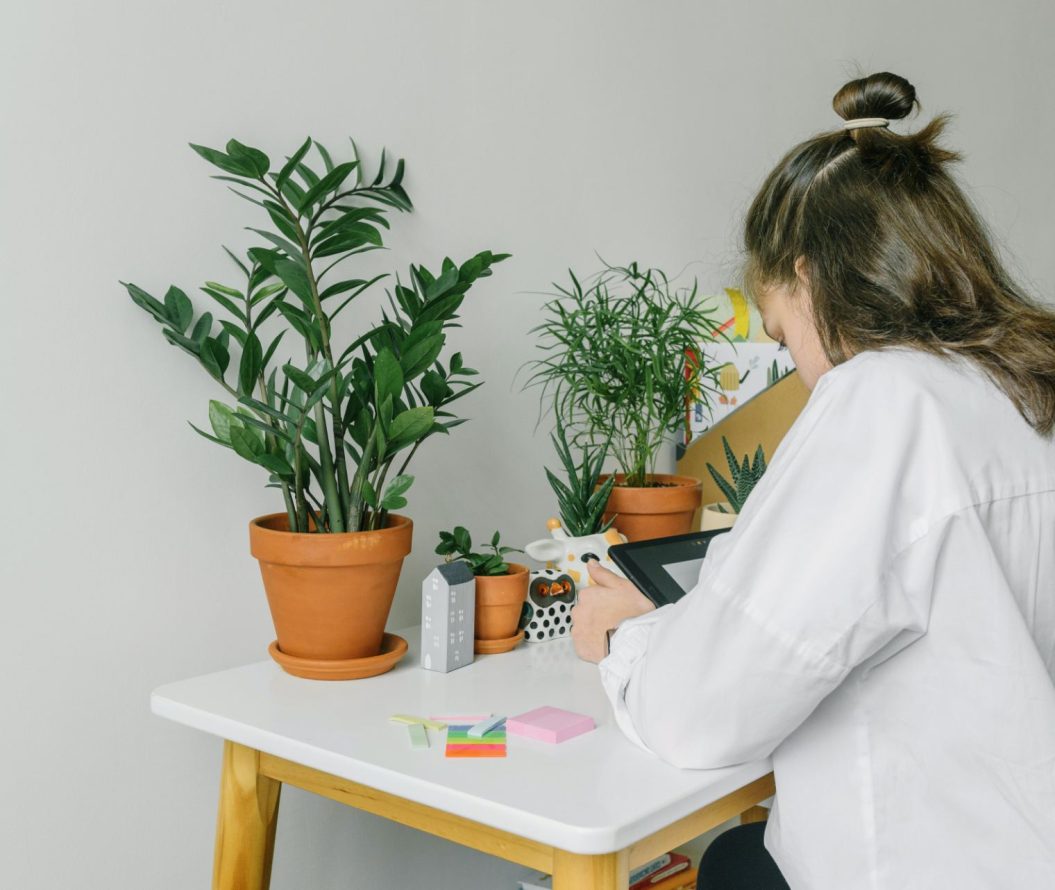Hi everyone my name is Hannah and I'm a third year student studying Biomedical Science. I'll be starting my MSc in Data Science and Applied Analytics next year. Outside of university I've really enjoyed teaching myself to crochet over the…
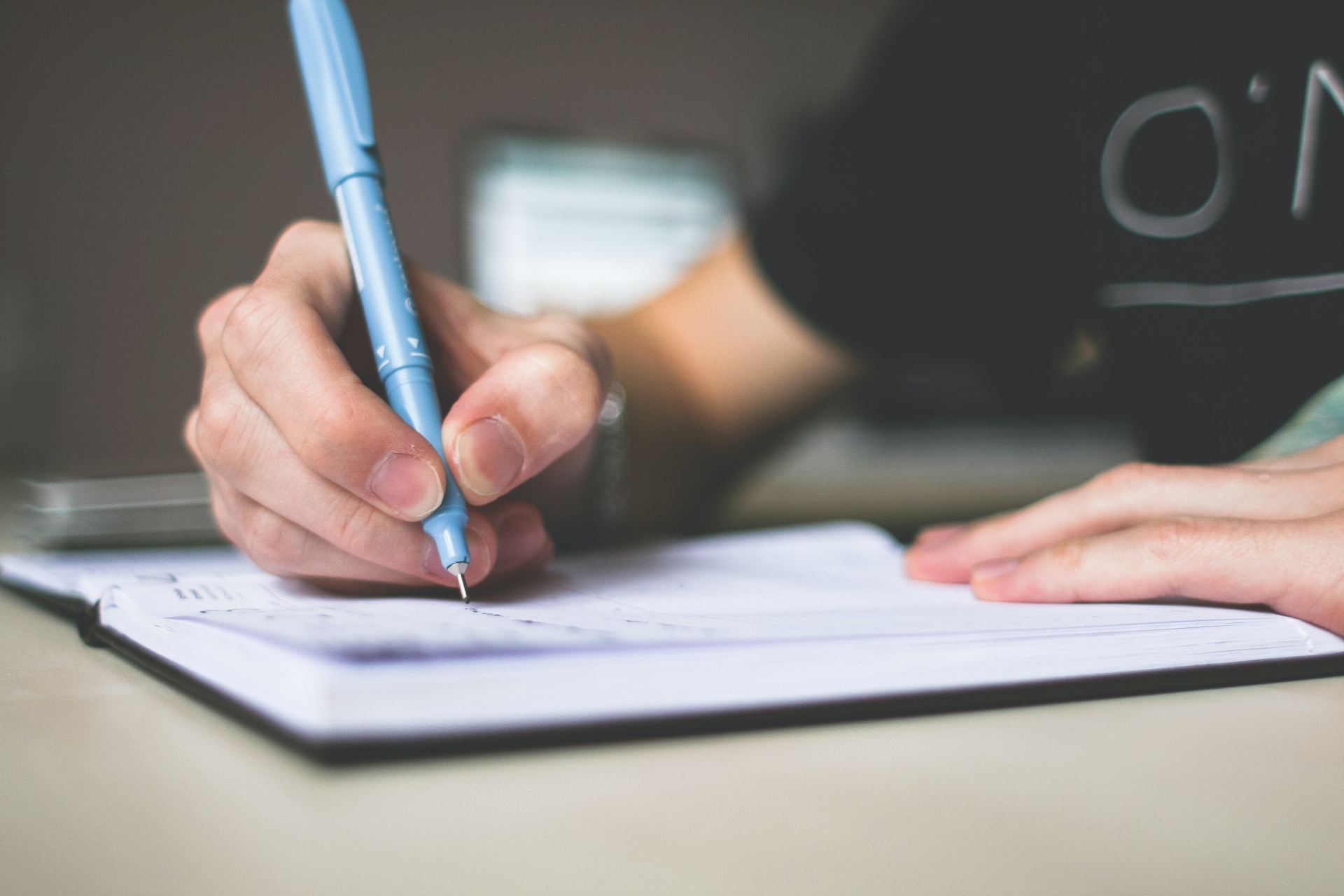
A dissertation is undoubtedly the biggest (and probably the scariest!) thing you’ll do whilst at university. Countless hours are poured into it and it can be seemingly never-ending. Once you’re finally finished and ready to submit, there are a few final things to double-check before you can take a well-deserved break. This could help prevent you from losing a few easy marks, streamline the editing process and ensure the final version is perfect!

References
One of the largest parts of the dissertation is the reference list and although it can be tedious to do, it’s crucial as you could easily get a lower grade for an otherwise amazing project if your references aren’t cited correctly. Firstly, note the style of referencing you need to use, the library has physical copies of all referencing style guides or you can look up the PDF version on the library website. Additionally, as the project is a long process, there may be some references you have taken out or some you’ve put in but forgotten to add to your reference list. Therefore spend some time making sure all your citations are properly referenced in the list.
Similarity Scores
Next, if your course allows resubmissions for the dissertation (check this first!), upload your project and check the similarity score. Turnitin will show you a similarity score and where in your project the similarity is. For example, the similarity may be quite high, this is usually due to the number of references in the project. However, make sure to check this and re-word anything so you don’t lose marks based on plagiarism. It doesn’t matter how high the similarity score is, as long as this is coming from the reference list, small words or quotations rather than the bulk of your writing.

Tables & Figures
Moreover, figure legends, tables and figures are just as important. Make sure your figures can be understood on their own, they are correctly referenced and formatted correctly. It’s also a great idea to have a read-through and make sure the accompanying text relates to the figure and you make reference to it. Additionally, if you have figures in your results section, ensure these are spoken about directly in your discussion. Making direct reference to them, for example “As shown in Figure 1…”, will establish a good flow to your project and keep connecting your results and discussion well.
Proofreading
The main content is ultimately the most important part of the dissertation. Read through and make sure your writing clearly answers the objectives, there are no loose ends and your argument is clear. This isn’t the time to re-write large sections as you’ve got to trust you’ve put your all into it! Instead, fine-tune any minor points, like re-wording a sentence to ensure your research question is answered clearly and stays relevant throughout your riding.
Finally, have a final proofread and make sure all your spelling, grammar and punctuation are correct. Any simple errors could prevent you from achieving a top grade and are easy to sort out. Getting someone else to do this is a great way as they can often see things you can’t, for example, if a sentence doesn’t make sense or your points aren’t clear enough.

